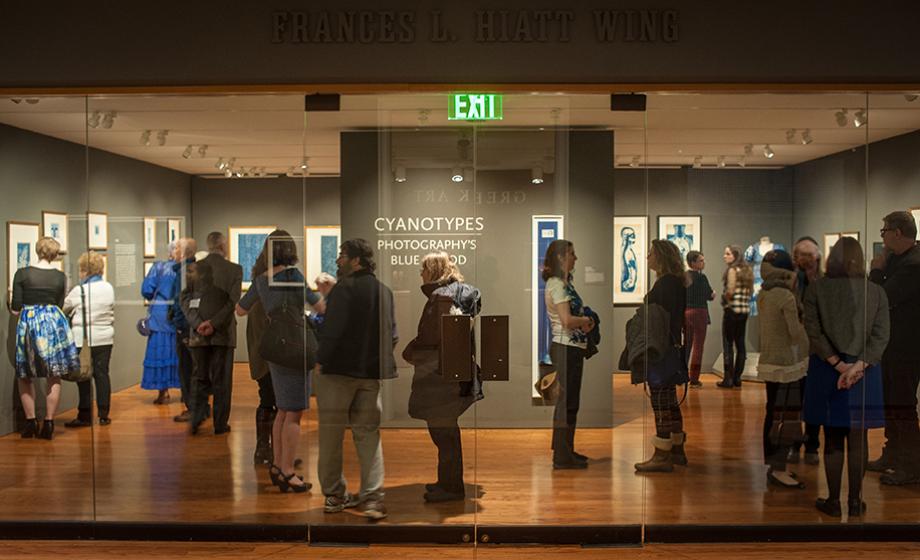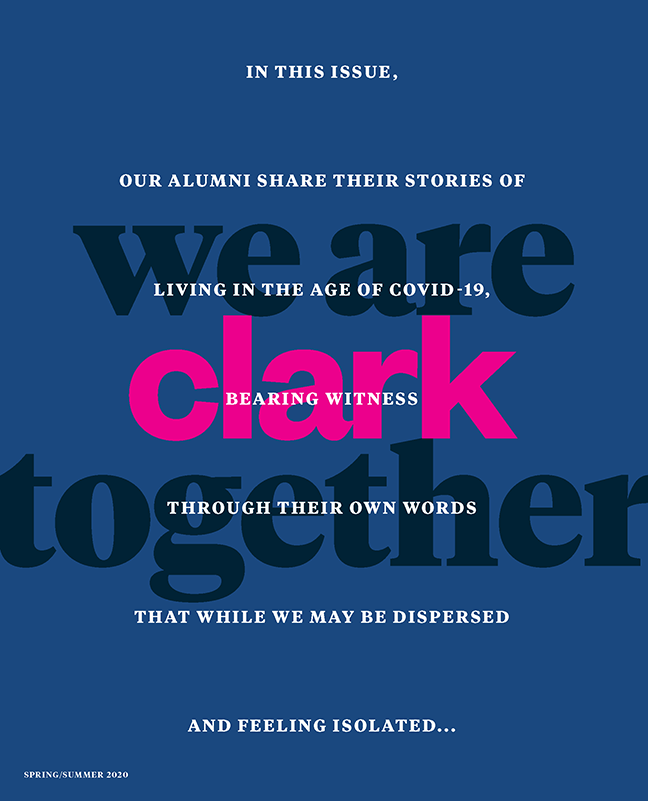
Crowds streamed into the Worcester Art Museum on February 18, 2016, for the opening of “Cyanotypes: Photography’s Blue Period,” a first-of-its-kind exhibition of a forgotten art form given renewed prominence. Once inside the gallery, attendees were greeted by Clark University students, who spent the evening describing the historical context and aesthetic significance of the works lining the walls — works the students had researched and helped curate. The gallery visitors weren’t alone in their appreciation; just a week earlier, the show had been featured prominently in The New York Times.

The exhibition, which was incubated inside the classroom of Kristina Wilson, professor of art history, was the culminating event of a semester-long collaboration between the museum and Wilson’s class. To shape and execute “Cyanotypes,” her students interviewed artists and gallery owners, worked with museum staff to design the exhibition layout, and populated the catalog with deeply researched essays and descriptions.
The class was an example of a Problems of Practice (POP) course, a key element of Clark’s Liberal Education and Effective Practice initiative, which stresses that knowledge gained in the classroom is amplified when it’s applied beyond campus. Over the years, POP courses have given students the opportunity for hands-on endeavors that might allow them to pursue the solution to a specific problem in a technical discipline, address a societal need, or, as in the case of Wilson’s class, stage a major event.
“It’s both a professional experience and genuine learning experience,” Abby Moon ’17, one of Wilson’s students, noted of her POP class. “The work is very, very real.”
Read more about David Angel’s Clark legacy:


